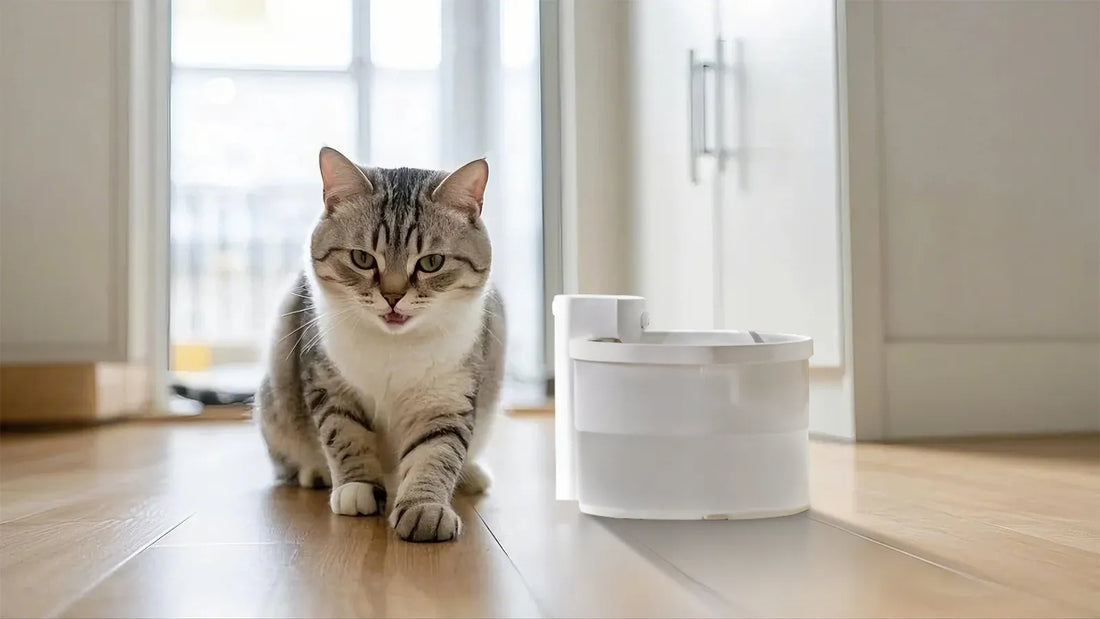Keeping your pet's bowls clean is essential for their health and well-being. Dirty bowls can harbor harmful bacteria that may lead to infections or illnesses. In this article, we'll explore the best methods for cleaning pet bowls, ensuring they remain safe and hygienic for your beloved pets.
Why Cleaning Pet Bowls is Important
Pet bowls are a breeding ground for bacteria if not cleaned regularly. Leftover food particles and saliva can create an environment where harmful microorganisms thrive. Regular cleaning prevents the buildup of these bacteria, reducing the risk of your pet contracting diseases.
Daily Cleaning Routine
Establishing a daily cleaning routine is the first step in maintaining clean pet bowls. Here's how you can do it:
- Empty any leftover food or water from the bowls.
- Rinse the bowls with warm water to remove loose debris.
- Use a mild dish soap and a sponge or brush to scrub the bowls thoroughly.
- Rinse the bowls again to ensure all soap residue is removed.
- Dry the bowls with a clean towel or let them air dry.
Deep Cleaning Methods
While daily cleaning is essential, deep cleaning your pet bowls periodically ensures they remain in top condition. Here are some effective deep-cleaning methods:
Vinegar and Baking Soda Solution
Mix equal parts of white vinegar and water in a bowl. Add a tablespoon of baking soda and stir until it dissolves. Soak the pet bowls in this solution for 15-20 minutes, then scrub and rinse thoroughly.
Boiling Water
For plastic or metal bowls, boiling water can be an effective way to kill bacteria. Place the bowls in a pot of boiling water for 5-10 minutes. Allow them to cool before handling.
Dishwasher Cleaning
If your pet bowls are dishwasher-safe, this can be a convenient option. Place them on the top rack and run a hot water cycle. Ensure they are completely dry before use.
Choosing the Right Cleaning Tools
Using the right tools can make cleaning pet bowls more effective. Opt for brushes or sponges designated solely for pet bowls to avoid cross-contamination. Microfiber cloths are also great for drying and polishing.
Tips for Maintaining Clean Pet Bowls
Here are some additional tips to keep your pet bowls clean and safe:
- Wash your hands before and after handling pet bowls.
- Replace old or damaged bowls that are difficult to clean.
- Store bowls in a clean, dry place when not in use.
- Consider using stainless steel or ceramic bowls, as they are easier to clean and less prone to harboring bacteria.
Common Mistakes to Avoid
When cleaning pet bowls, avoid these common mistakes:
- Using harsh chemicals that can leave harmful residues.
- Not rinsing bowls thoroughly, leaving soap or cleaning solution behind.
- Neglecting to dry bowls properly, which can lead to mold growth.
By following these guidelines, you can ensure your pet's bowls remain clean and safe. A little effort goes a long way in keeping your furry friend healthy and happy. Start implementing these cleaning practices today and see the difference it makes in your pet's life!













